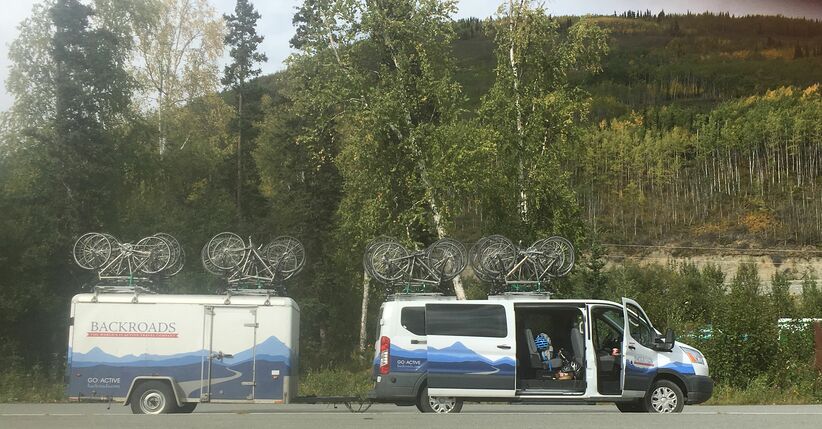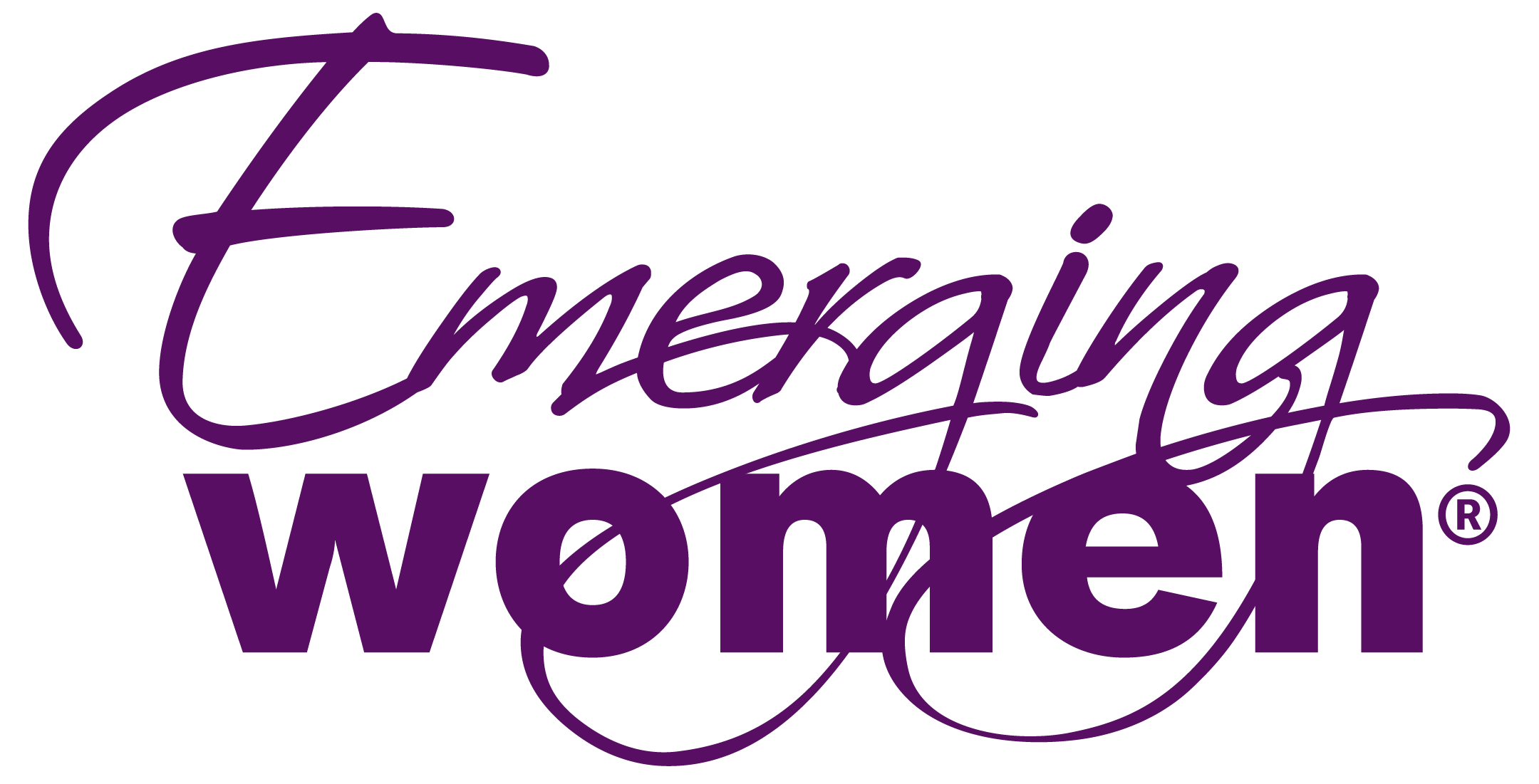Do lessons learned outdoors apply to the office setting? For Kate Purmal they do. And with over 15 years of experience as CEO, COO and CFO, and a stellar record both as a business advisor and consultant for Moonshot launches, we’re all ears when she’s sharing advice.
Stoke the campfires of inspiration with Kate Purmal’s pedal-powered business insights below, and be sure to listen to her Grace & Fire podcast for more game-changing ways to catalyze your business (and mindset).

I just returned from a six-day bike trip in Alaska with the active travel company Backroads. The trip was superb. Jaw-dropping natural beauty, fantastic food, unbelievable guides, great equipment and routes, 17 new friends from the US and Brazil, and a lot of rain.
As the trip finished I found myself wishing we had just a few more days on the bikes, a completely unexpected outcome given that I had just covered 275 miles in the saddle.
Several insights came to me as I rode through Alaska’s magnificent mountains and valleys. Here they are, with my take on how they relate to business – and life.
Insight #1: When it gets tough, the only way out is through. Refocus on what’s good and working rather than resisting what’s not.
The second day of our ride through the Matanuska Valley started in a complete deluge. After an hour, it was clear to me that despite my hope and optimism, the rain was not going to let up. By this time my feet were soaking wet and the rest of me was soggy at best, though I was reasonably warm — at least until we turned onto the Glenn Highway to ride along the Matanuska River when the headwinds hit. Here I was riding through some of the most magnificent places in the world, and all I could focus on were my soaking wet and numb feet, freezing cold hands, painful sit bones, and aching legs as I struggled to ride slightly uphill in a cold and forceful headwind.

In need of renewed energy, I stopped to take a break and have a snack. In the stillness I found my way through. I was completely alone along this wide, majestic river. No cars, no people, nothing but fast moving water, sky, trees and mountains. The Matanuska wove a disorganized braided course through the grey silt riverbed. The first of the birch trees had started to change color, their bright yellow and orange leaves screaming against a backdrop of grey and green. This was why I had journeyed to Alaska.
When I got back on my bike, I committed myself to remain focused on the beauty and not the rain, and tuned my ears to listen for the sounds of water, wind and birds. Though I was still soaked through and exhausted, I had managed to discover the joy and wonder of the raw grace of the landscape, even in the driving rain. The next 20 miles were just as miserable, but I had stopped resisting the rain and wind, and instead started to enjoy the ride.
In business we often hit long and difficult periods that seem fraught with obstacles and challenges. It’s easy to be disheartened by the arduous struggle of the present situation. While breakdowns and setbacks are discouraging, if you stop to take a break, you can remind yourself of what’s working, what’s already been accomplished, and the purpose that’s fueling your commitment. This creates a shift from resisting what’s happening in the moment to instead experiencing the goodness that comes as you and your team work together to find your way through.
Insight #2: Recognize, celebrate and be inspired by the heroic efforts of those around you.
Our longest ride was on day four and it provided the opportunity for intrepid bikers to test their mettle on a “century ride” of more than 100 miles. My appetite for a long ride was not that great, so I set my sights on riding two of the four segments for a total of just over 50 miles.
At the starting point of the second segment, where my ride began, Emily rode in just as I was finishing my bike adjustments and getting set to take off. Emily doesn’t own a road bike. She takes spin classes to stay in shape – and she is in great shape – but that’s not the same as road biking shape. Emily came to Alaska on a mission – she had committed to ride every segment – a total of 336 miles in five days. She had ridden 88 miles the previous day, and despite the cold and rain that greeted us that morning, she was committed to riding the 107 miles that awaited her, and she brought it.
As I rode off I couldn’t stop thinking about Emily’s determination, and how despite the fact that she was often the last one to reach the checkpoints and finish the ride, she just kept on going. Emily was solid in her commitment to finish despite moments where she wanted to give up. It was Emily’s grit I borrowed when I made the decision to get back on my bike to ride the 88 mile option and finish not two, but three segments of the ride, including the most difficult segment with a 2,000+ foot elevation gain on the climb up Thompson Pass. This was by far the best day of biking for me. It was a breakthrough, and it shifted my perspective on what I could accomplish on a bike. And it was all inspired by Emily’s heroism.
In any difficult project, when breakdowns happen and breakthroughs are discovered, heroes emerge. These acts of heroism, when made visible, serve to inspire others on the team and build momentum for the project. When the project gets tough and your enthusiasm wanes, it’s a great opportunity to look around and discover a hero among the ranks, and take the time to acknowledge and celebrate his or her contribution.
Insight #3: When you think you’re at or near the top, you’re probably not. Pace yourself.
Just before setting off on my climb up Thompson Pass, our guides told me about the route. They told me the steepest part of the climb was at the end, and it was a series of three stair steps – steep climbs followed by a relatively flat section leading to the next climb. I failed to pay attention when they told me the mile mark to watch for signaling the beginning of the series, nor did I know the exact mile mark of the summit. So I was left to rely on visual clues to determine when I was getting close to the end of my climb. Bad idea.
I went over what I thought was two sets of stair steps and had the third in sight. But as I got near the top of the third, I could see ahead that the climbing wasn’t yet done. Not even close. I knew then that I needed to climb without knowing which hill was the real summit, and as such, pace myself to be ready in case new hills emerged. Setting into a comfortable pace made all the difference. And I did eventually reach the top, though probably after three or four more sections of what I thought would surely lead to the summit.
I’ve had similar experiences in business. For example, when my team and I set our sights on the launch of a new product, we assume that as soon as we reach that milestone we’ll be able to catch our breath and coast downhill for awhile. In reality, the launch of a new product sets into motion a whole series of new challenges and milestones, new routes to climb. It’s critical to recognize and prepare people for this inevitability, and help create the right pace for the project – one that is aggressive yet can be sustained to reach the big milestone, still leaving everyone on the team with enough in reserve to summit a few more hills when they appear. A completion event can be tremendously useful for this. When you’ve hit a milestone, celebrate it and have everyone on the team recount the accomplishments and successes along the way. This can help to re-energize the team so they’re ready for the next challenge.
Insight #4: Refuel before you need it so you don’t bonk.
It took me several days to correlate the precipitous drop in energy that seemed to happen about two hours into a ride with a lack of glucose. Duh! This, by the way, comes without warning. You don’t feel hungry or thirsty – there is nothing to trigger your instincts to give your body fuel. All you know is that suddenly it’s REALLY hard to ride the bike, even harder if you’re climbing hills. What was fun a few miles back becomes instantly grueling. My solution was to stop and refuel on a regular schedule whether I wanted to or not – about every 90 minutes. That kept me out of the bonk zone.
One of the most persistent complaints I hear from the executive clients I work with – and one of the biggest challenges I faced as an executive – is the sheer volume of work and meetings. Executives work all day and go from meeting to meeting, often failing to eat lunch or even use the bathroom. One suggestion I make is to schedule meetings in 25 or 50 minute increments vs. the usual 30 or 60 minutes. That way they have time built into every hour to grab some food, stretch their legs, or take a bio break. And sometimes they even have time to make an urgent phone call or respond to a quick email. This lowers their stress, keeps them more engaged in their work, and leaves them with more energy when they go home to their families.
Insight #5: The best part is not always what’s best.
On the first day, there was an optional 4.5 mile climb from a turnaround point at Hatcher Pass up to Independence Mine, a ride with a punishing 11 percent grade. For those who rose to the challenge, the promised payoff was an exhilarating 4.5 mile ride back down the hill. Sounds perfect, right? Not so fast.
I chose not to make the extra climb. But those who did were not greeted with exhilaration. Instead, the descent was steep and harrowing, and the riders were wet from the rain and without sufficient clothing, leaving most of them freezing on the way down. Hardly the reward they anticipated.
How many times have you toiled to achieve something remarkable, only to find that the experience was not what you expected? Yet another reminder that it is, in fact, the journey that is the reward.
Kate Purmal is a pathological optimist and accomplished visionary who brings out the brilliance in leaders and their teams. She has over 15 years of experience working as a CEO, COO and CFO to start-ups and privately held technology and life sciences companies. Kate previously served as a Senior Vice President at SanDisk and was on Palm Inc.’s founding management team. Kate regularly works with executives, leaders and their teams to initiate game-changing initiatives by launching Moonshots. She is co-author of The Moonshot Effect, Disrupting Business as Usual. Visit our website at www.themoonshoteffect.com



